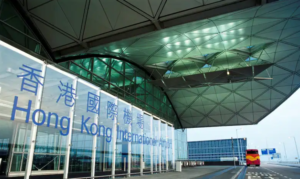Hong Kong’s unemployment rate has maintained its position at 2.9%, signaling a stable yet tight labour market in the city. This news comes from the city’s labour chief, who expressed optimism about the market’s resilience despite external challenges.
According to a recent statement by the Census and Statistics Department, the seasonally adjusted unemployment rate remained unchanged at 2.9% from September to November this year. This figure mirrors the rate observed between August and October, which had seen a slight uptick from a four-year low.
While some fluctuations were noted in the unemployment and underemployment rates across different industry sectors during these periods, the overall changes were relatively modest. Total employment saw a decrease of approximately 4,700 individuals, dropping from 3,713,400 between August and October to 3,708,700 between September and November. Similarly, the jobless population decreased by around 3,400 during this time frame.
The labour force also experienced a decline of around 8,100 individuals, decreasing from 3,829,200 to 3,821,100 over the same period. When comparing the periods of July to September with August to October, the labour force saw a smaller reduction of 5,100 individuals.
Labour and welfare minister Chris Sun commented on the latest figures, noting that they reflected minimal changes compared to the preceding three-month period. He expressed confidence in the resilience of the labour market, stating that it is expected to remain tight in the near term. Sun acknowledged the challenges posed by an unfavourable external environment but emphasized the anticipated recovery of inbound tourism and private consumption as factors that would bolster labour demand.
Despite the overall stability, the private sector witnessed a year-on-year decrease of 14.7% in the number of monthly average vacancies, with the Labour Department recording 91,527 vacancies in the most recent period.
The steady unemployment rate and the labour chief’s positive outlook underscore Hong Kong’s ability to navigate challenges and maintain a robust labour market amidst a complex economic landscape.
(Source: James Lee | HKFP)









